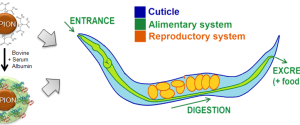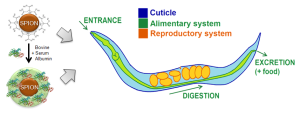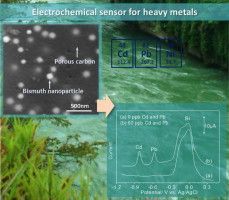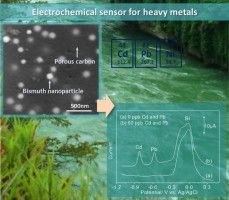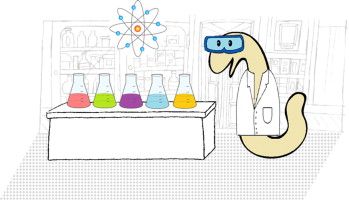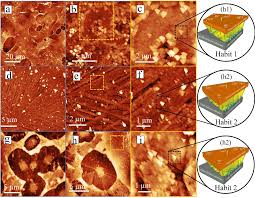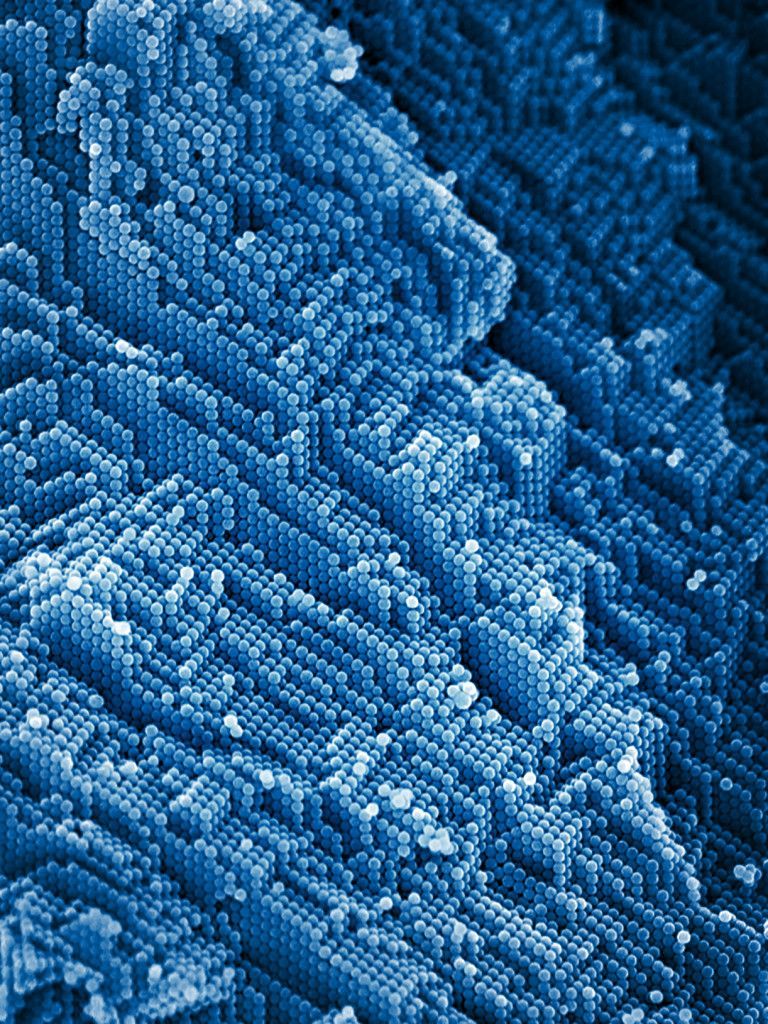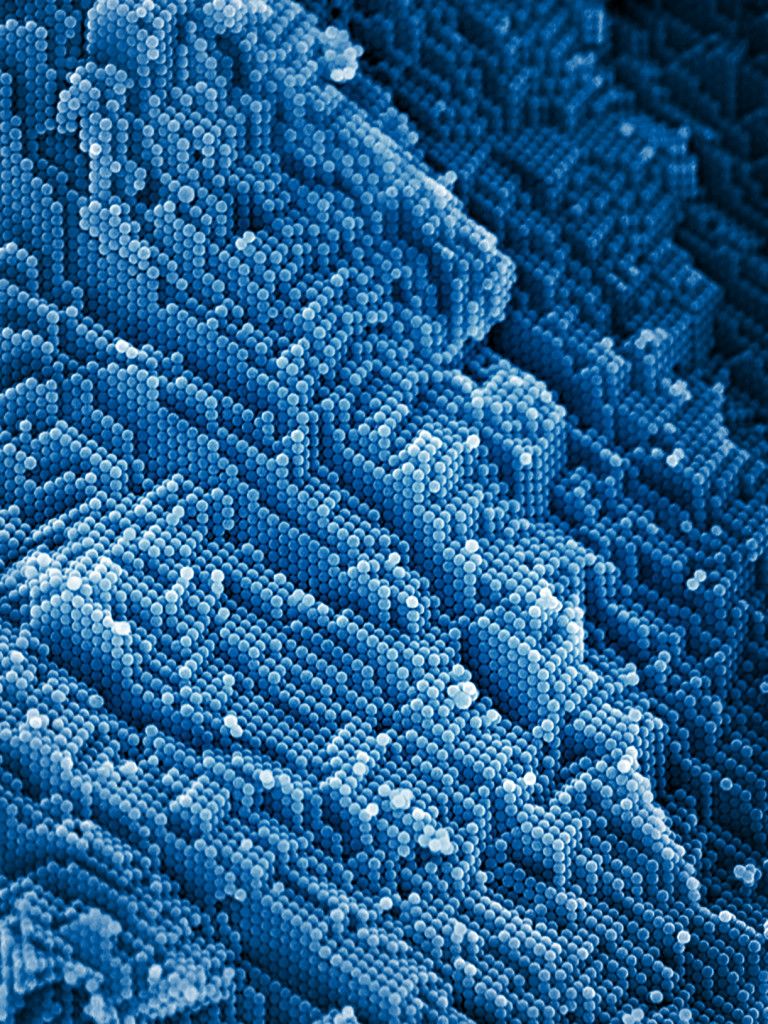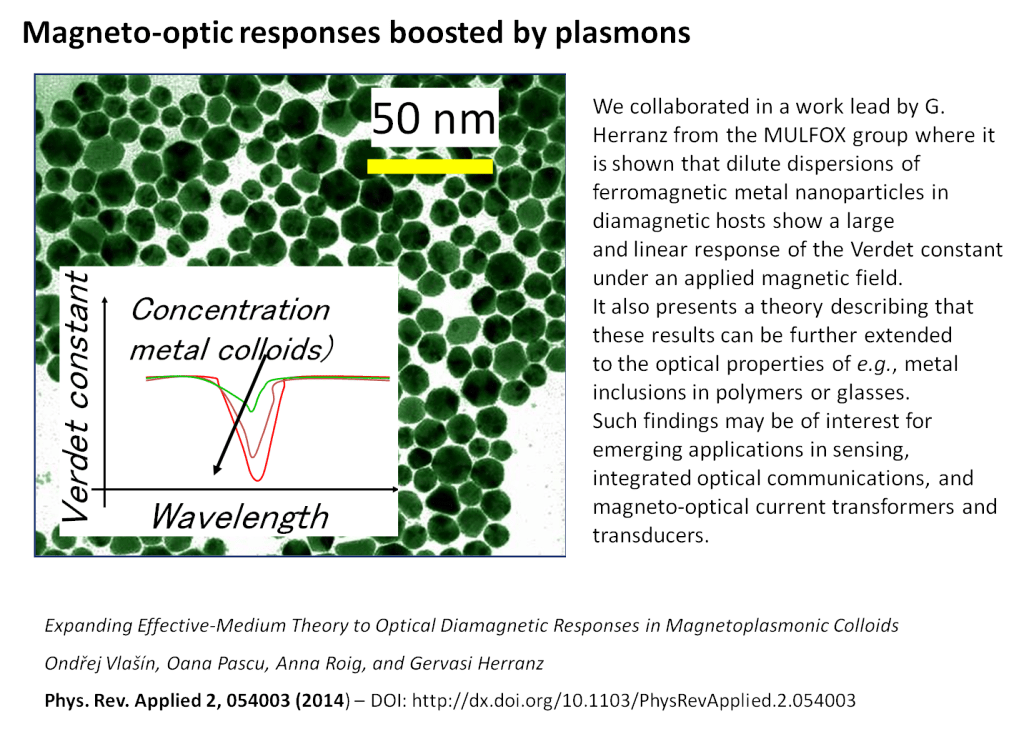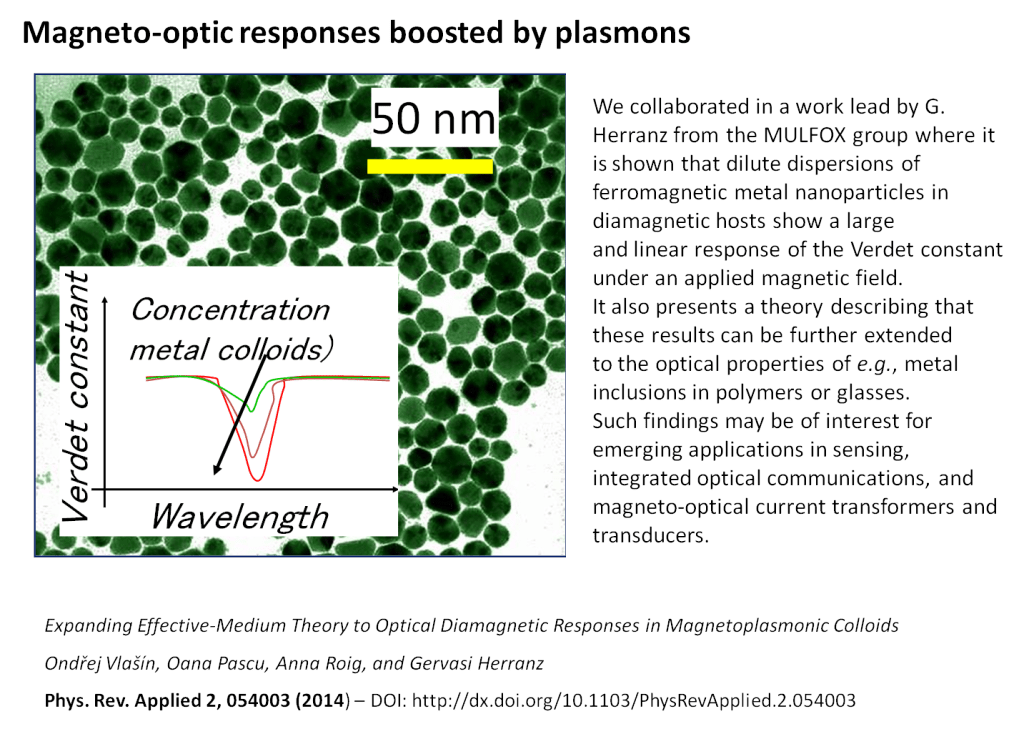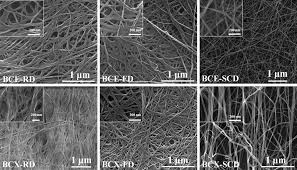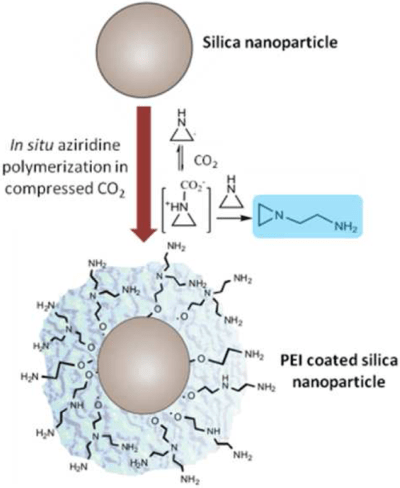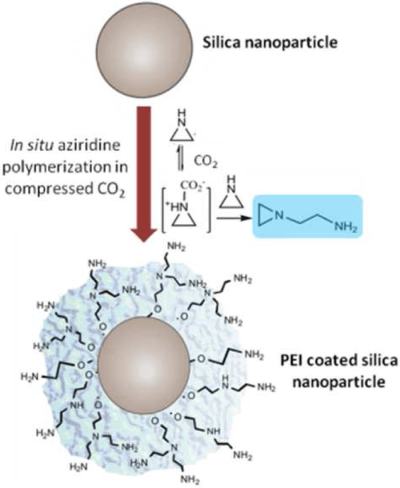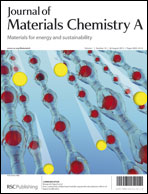Paper in collaboration with ICN2 in RSC Advances
Dual T1/T2 MRI contrast agent based on hybrid SPION@coordination polymer nanoparticles
The study 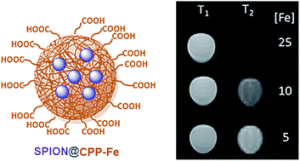 by M. Borges, S. Yu, A. Laromaine, A. Roig, S. Súarez-García, J. Lorenzo,D. Ruiz-Molina and F. Novio* has just been published in RSC Advances 2015, 5, 86779–86783.
by M. Borges, S. Yu, A. Laromaine, A. Roig, S. Súarez-García, J. Lorenzo,D. Ruiz-Molina and F. Novio* has just been published in RSC Advances 2015, 5, 86779–86783.
The paper reports a novel hybrid T1/T2 dual MRI contrast agent by the encapsulation of SPIONs (T2 contrast agent) into an iron-based coordination polymer with T1-weighted signal. This new hybrid material presents improved relaxometry and low cytotoxicity, which make it suitable for its use as contrast agent for MRI.


